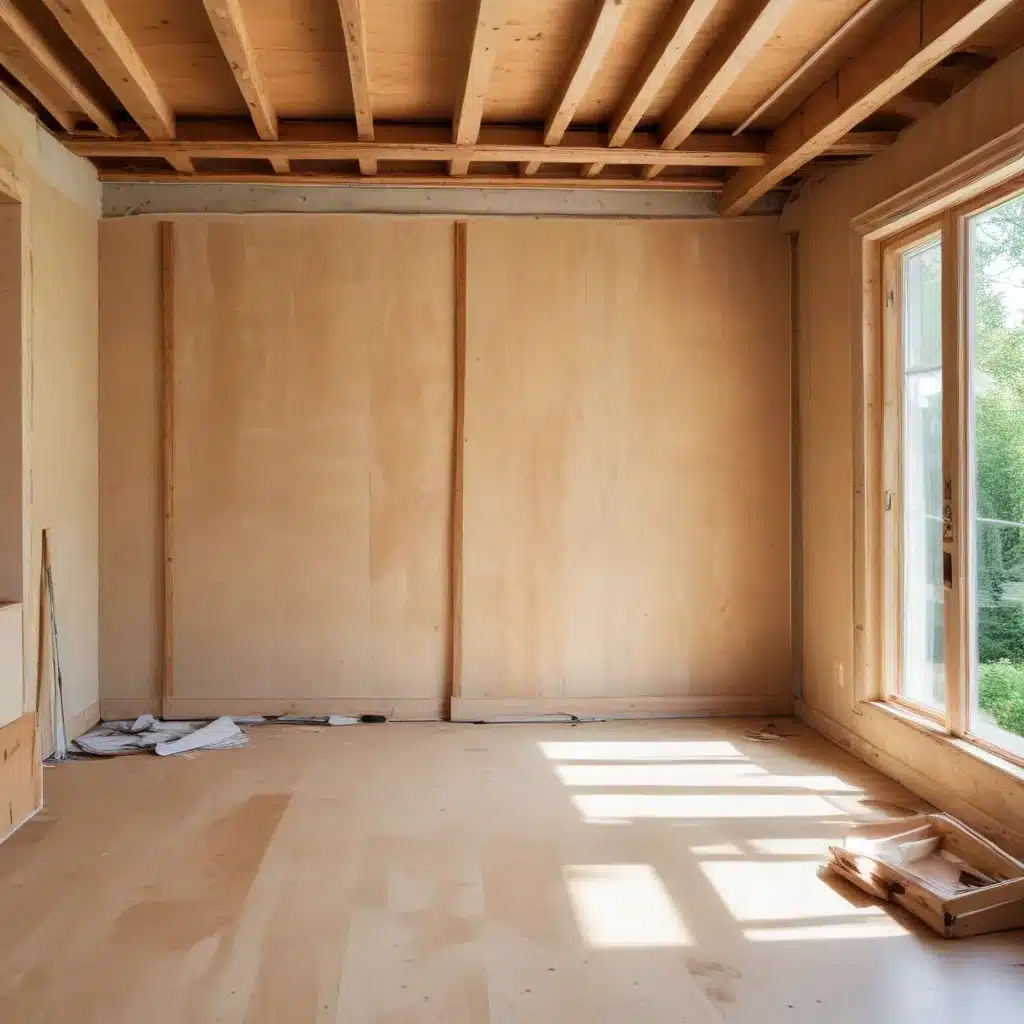
As an experienced home improvement consultant, I’ve seen firsthand the growing demand for sustainable living solutions among homeowners in recent years. With environmental consciousness on the rise and the need for energy-efficient spaces becoming paramount, more and more renovators are seeking out eco-friendly remodeling options to transform their homes. In this comprehensive guide, I’ll walk you through the key considerations, proven strategies, and cutting-edge trends in eco-friendly remodeling to help you create a greener, more sustainable living space.
Eco-Friendly Remodeling Considerations
When embarking on an eco-friendly remodeling project, it’s essential to take a holistic approach and carefully evaluate the environmental impact of your renovation. This starts with assessing the environmental impact of your project, which involves considering factors like energy efficiency, material sourcing, and waste management.
Environmental Impact Assessment
One of the first steps is to conduct a thorough environmental impact assessment of your home. This process involves analyzing your home’s current energy usage, water consumption, and waste generation, as well as evaluating the sustainability of the materials and construction methods used in your existing structure. By understanding the baseline environmental impact, you can then make informed decisions to minimize your footprint during the remodeling process.
Material Selection
The selection of building materials is a crucial aspect of eco-friendly remodeling. Opt for sustainable, low-impact materials that are either recycled, reclaimed, or rapidly renewable, such as bamboo, cork, or reclaimed wood. Avoid materials with high volatile organic compound (VOC) emissions, as they can negatively impact indoor air quality. Be mindful of the sourcing and manufacturing processes of the materials you choose to ensure they align with your sustainability goals.
Energy Efficiency
Improving the energy efficiency of your home should be a top priority in your eco-friendly remodeling efforts. This can involve upgrading insulation, replacing windows with energy-efficient models, and installing smart home technologies to optimize energy consumption. Additionally, consider incorporating renewable energy sources, such as solar panels or geothermal systems, to reduce your reliance on the grid and lower your carbon footprint.
Sustainable Home Design Principles
Beyond the practical considerations of eco-friendly remodeling, it’s essential to embrace sustainable design principles that harmonize your living space with the natural environment. This holistic approach to home design can yield long-lasting benefits for both you and the planet.
Passive Solar Design
One of the fundamental principles of sustainable home design is passive solar design, which harnesses the sun’s energy to heat and cool your home naturally. This can be achieved through strategic window placement, proper insulation, and thoughtful orientation of your home to maximize natural light and airflow.
Renewable Energy Integration
Integrating renewable energy sources, such as solar panels or wind turbines, can significantly reduce your home’s carbon footprint and long-term energy costs. These technologies have become increasingly accessible and cost-effective, making them a viable option for eco-conscious homeowners.
Water Conservation Strategies
Water conservation is another crucial aspect of sustainable home design. Implement water-saving fixtures, such as low-flow toilets and showerheads, and consider incorporating greywater recycling systems to reuse water for landscape irrigation or other non-potable purposes. Drought-tolerant landscaping can also help minimize your home’s water consumption.
Green Remodeling Practices
Adopting green remodeling practices during your renovation project is essential to minimizing the environmental impact and creating a more sustainable living space. From managing construction waste to improving indoor air quality, these practices can have a lasting positive effect on your home and the planet.
Construction Waste Management
Effective construction waste management is a hallmark of eco-friendly remodeling. Strive to minimize waste by donating or recycling materials whenever possible, and work with your contractor to develop a comprehensive waste reduction plan that diverts materials from landfills.
Indoor Air Quality Improvement
Ensuring high indoor air quality is another key aspect of sustainable remodeling. Choose low-VOC paints, adhesives, and finishes to minimize the release of harmful chemicals, and incorporate proper ventilation systems to promote a healthier living environment.
Ethical Sourcing
When selecting materials and products for your remodeling project, consider the ethical sourcing and manufacturing practices of the brands you choose. Opt for companies that prioritize sustainable, socially responsible, and environmentally conscious business practices.
Long-Term Sustainable Living
Eco-friendly remodeling is not just about the renovation process; it’s about embracing a lifestyle of sustainable living. By implementing ongoing maintenance and upgrade strategies, making adjustments to your daily habits, and engaging with your local community, you can ensure that your home remains a showcase of environmental stewardship for years to come.
Maintenance and Upgrades
Regularly maintaining and upgrading the energy-efficient systems and sustainable features of your home is crucial to preserving its long-term environmental performance. Stay vigilant about servicing your HVAC, monitoring your energy usage, and making incremental improvements over time.
Lifestyle Adjustments
Embracing a sustainable lifestyle within your newly remodeled home is just as important as the physical changes you’ve made. This can involve adopting water-saving habits, implementing waste reduction strategies, and making conscious choices about your energy consumption.
Community Engagement
Engaging with your local community can also play a vital role in your long-term sustainable living journey. Participate in neighborhood sustainability initiatives, share your experiences with fellow homeowners, and inspire others to embark on their own eco-friendly remodeling projects.
As you navigate the world of eco-friendly remodeling, remember that your journey is not just about transforming your living space – it’s about contributing to a more sustainable future. By embracing the principles and practices outlined in this guide, you’ll not only create a beautiful, energy-efficient home but also make a meaningful impact on the environment. For more inspiring home improvement ideas and expert advice, be sure to visit Reluctant Renovator.



